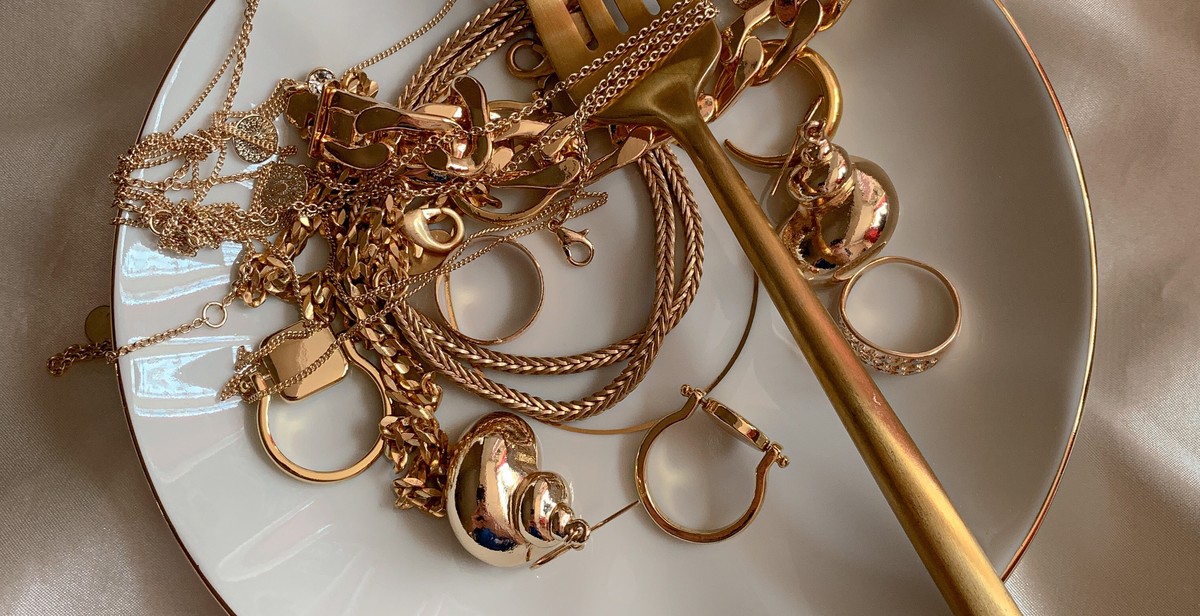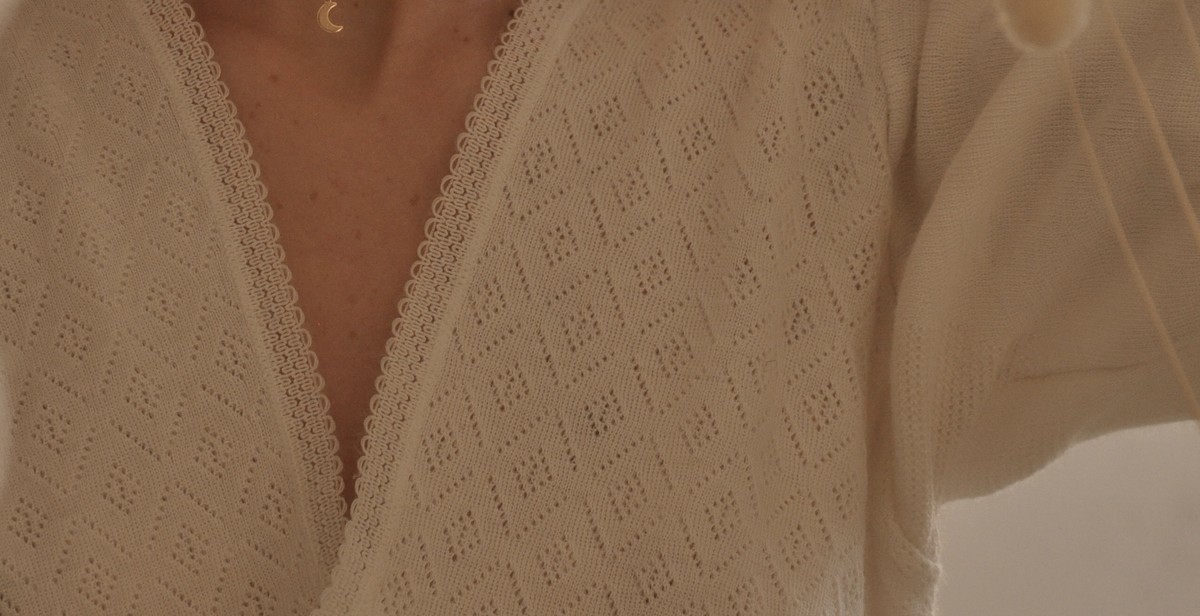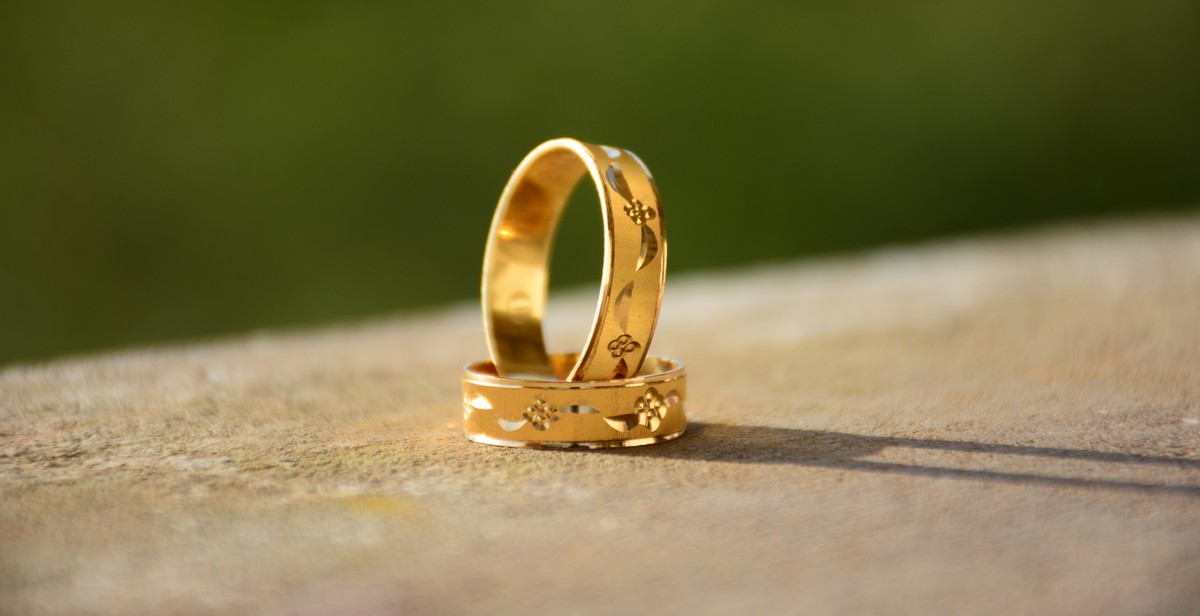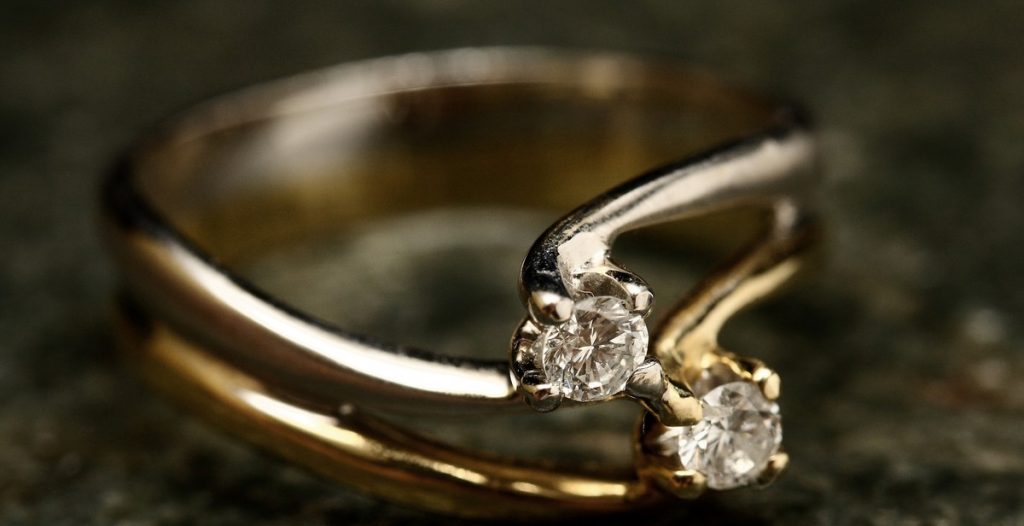Introduction: Understanding the Difference Between 14k and 18k Gold
Gold has been a precious metal for centuries, valued for its beauty, rarity, and durability. It is a popular choice for jewelry, coins, and other decorative items.
Gold is measured in karats, with 24k being pure gold. However, pure gold is too soft for most jewelry, so it is often alloyed with other metals to increase its strength and durability.
The most common alloys used in gold jewelry are 14k and 18k. While they may look similar, there are significant differences between the two. In this article, we will explore the differences between 14k and 18k gold, including their composition, color, and price.
Whether you are shopping for an engagement ring, a necklace, or a pair of earrings, understanding the differences between these two types of gold can help you make an informed decision and choose the perfect piece of jewelry for your needs and budget.

The Basics of Gold Karats
Gold karats are used to measure the purity of gold. The higher the karat, the purer the gold. Pure gold is 24 karats, but it is too soft to be used for jewelry. Therefore, gold is alloyed with other metals to increase its durability and strength.
What is a Karat?
A karat is a measure of the purity of gold. It is expressed in 24ths, so 24-karat gold is pure gold. However, most jewelry is made with less than 24-karat gold because it is too soft.
Common karat values for gold jewelry are 10k, 14k, 18k, and 22k. The karat value is usually stamped on the jewelry to indicate its purity.
How is Gold Karat Measured?
Gold karat is measured by the percentage of pure gold in the alloy. For example, 14k gold contains 14 parts pure gold and 10 parts other metals, making it 58.3% pure gold.
18k gold contains 18 parts pure gold and 6 parts other metals, making it 75% pure gold. The higher the karat, the more expensive the gold because it is more pure.
| Karat Value | Purity |
|---|---|
| 10k | 41.7% pure gold |
| 14k | 58.3% pure gold |
| 18k | 75% pure gold |
| 22k | 91.7% pure gold |
It is important to note that the higher the karat, the softer the gold will be. This means that 18k gold will scratch more easily than 14k gold, and 14k gold will scratch more easily than 10k gold.
When choosing gold jewelry, it is important to consider the karat value as well as the design and style of the piece. A higher karat may be more expensive, but it will also be more pure and valuable.

The Differences Between 14k and 18k Gold
When it comes to buying gold jewelry, one of the most important decisions you will make is choosing the right karat. The karat of gold determines its purity, which affects its color, durability, and scratch resistance. The two most common karats for gold jewelry are 14k and 18k. Here are the key differences between these two types of gold:
Gold Purity
The main difference between 14k and 18k gold is their purity. 14k gold is made up of 58.3% gold and 41.7% other metals, while 18k gold is made up of 75% gold and 25% other metals. This means that 18k gold is more pure than 14k gold, and as a result, it is more expensive.
Color Differences
The purity of gold also affects its color. 14k gold has a slightly lighter color than 18k gold because of the higher percentage of other metals. This means that 14k gold has a slightly more yellow color, while 18k gold has a more vibrant yellow color. However, 14k gold can also come in different colors such as white or rose gold, which are achieved by adding different metals to the alloy.
Durability and Scratch Resistance
Because 18k gold is more pure than 14k gold, it is also more durable and scratch-resistant. This is because the higher percentage of gold in the alloy makes it less likely to corrode or tarnish over time. However, 14k gold is still a durable option for everyday wear and can be a more affordable option for those on a budget.
| 14k Gold | 18k Gold | |
|---|---|---|
| Gold Purity | 58.3% | 75% |
| Color | Slightly lighter yellow | Vibrant yellow |
| Durability | Less durable | More durable |
| Scratch Resistance | Less scratch-resistant | More scratch-resistant |
Overall, the choice between 14k and 18k gold depends on your personal preferences and budget. 18k gold is a higher quality and more expensive option, while 14k gold is a more affordable option that still offers durability and scratch resistance.

Choosing Between 14k and 18k Gold
When it comes to choosing between 14k and 18k gold, there are several factors to consider, including your personal style, budget, and intended use. Here’s a closer look at each of these factors:
Personal Style
Your personal style and preferences should be the primary consideration when choosing between 14k and 18k gold. 14k gold is a popular choice for those who prefer a more affordable option that still looks great. It has a slightly lighter color than 18k gold and is more durable due to its higher percentage of other metals. 18k gold, on the other hand, has a richer, deeper color and is more luxurious due to its higher gold content. If you prefer a more high-end look, 18k gold may be the better choice for you.
Budget
Another important factor to consider when choosing between 14k and 18k gold is your budget. 14k gold is generally less expensive than 18k gold due to its lower gold content. If you’re working with a tighter budget, 14k gold may be the more practical choice. However, keep in mind that the price difference between the two types of gold may not be significant, so it’s worth considering both options.
Intended Use
Your intended use for the jewelry should also be taken into account when choosing between 14k and 18k gold. If you plan to wear the jewelry frequently or for everyday use, 14k gold may be the better choice due to its durability. However, if you’re purchasing a special piece for a special occasion or as an investment, 18k gold may be the more appropriate choice due to its higher value and luxurious appearance.
| Factors to Consider | 14k Gold | 18k Gold |
|---|---|---|
| Personal Style | Lighter color, more durable | Richer, deeper color, more luxurious |
| Budget | Less expensive | More expensive |
| Intended Use | Durable for everyday wear | More appropriate for special occasions or as an investment |
Ultimately, the choice between 14k and 18k gold comes down to personal preference and individual circumstances. Consider your style, budget, and intended use when making your decision, and don’t be afraid to consult with a jeweler if you need additional guidance.

Caring for Your Gold Jewelry
Gold jewelry is a precious and valuable investment that requires proper care and maintenance to keep its lustrous shine and value. Here are some tips on how to care for your gold jewelry:
Storage
When not wearing your gold jewelry, it is important to store it properly to prevent scratches, tarnishing, and damage. Here are some guidelines:
- Store gold jewelry in a soft cloth pouch or jewelry box with compartments to prevent scratching and tangling.
- Avoid storing gold jewelry with other metal jewelry to prevent scratching.
- Do not expose gold jewelry to direct sunlight or harsh chemicals, as they can cause damage and tarnishing.
Cleaning
Gold jewelry can accumulate dirt, oils, and other substances that can dull its shine and luster. Here are some tips on how to clean your gold jewelry:
- Use a mild soap and warm water to clean gold jewelry. Avoid using harsh chemicals or abrasives that can scratch or damage the gold.
- Soak gold jewelry in a solution of warm water and mild dish soap for a few minutes, then gently scrub with a soft-bristled brush to remove dirt and oils.
- After cleaning, rinse gold jewelry thoroughly with warm water and dry with a soft cloth.
- For stubborn stains or tarnishing, consult a professional jeweler for cleaning and polishing.
| Storage | Cleaning |
|---|---|
| Store in a soft cloth pouch or jewelry box with compartments | Use mild soap and warm water to clean |
| Avoid storing with other metal jewelry | Soak in warm water and mild dish soap, then scrub with a soft-bristled brush |
| Avoid direct sunlight and harsh chemicals | Rinse with warm water and dry with a soft cloth |
| Consult a professional jeweler for stubborn stains or tarnishing |

Conclusion
In conclusion, the main differences between 14k and 18k gold are the amount of pure gold in each alloy and their respective durability and price points. 14k gold has a lower percentage of pure gold and is therefore more durable, making it a popular choice for everyday jewelry. On the other hand, 18k gold has a higher percentage of pure gold and is softer, making it a more luxurious choice for special occasions.
When choosing between 14k and 18k gold, it is important to consider your personal preferences and needs. If you are looking for a piece of jewelry to wear every day, 14k gold may be the better choice due to its durability and lower price point. However, if you are looking for a more luxurious piece for special occasions or as an investment, 18k gold may be the better option.
- Remember to always check the karat weight of your gold jewelry before making a purchase.
- Consider the design and purpose of the piece when deciding between 14k and 18k gold.
- Take proper care of your gold jewelry to ensure its longevity and appearance.
Ultimately, the choice between 14k and 18k gold comes down to personal preference and the intended use of the piece. Both alloys have their own unique qualities and benefits, making them popular choices for jewelry makers and consumers alike.
| 14k Gold | 18k Gold |
|---|---|
| 58.3% pure gold | 75% pure gold |
| More durable and affordable | Softer and more luxurious |
| Popular choice for everyday jewelry | Popular choice for special occasions and investment pieces |
Final Thoughts
Whether you prefer 14k or 18k gold, both alloys have their own unique qualities and benefits. By understanding the differences between the two, you can make an informed decision when choosing gold jewelry for yourself or as a gift for someone else. Remember to always check the karat weight, design, and purpose of the piece before making a purchase, and take proper care of your gold jewelry to ensure its longevity and appearance.

